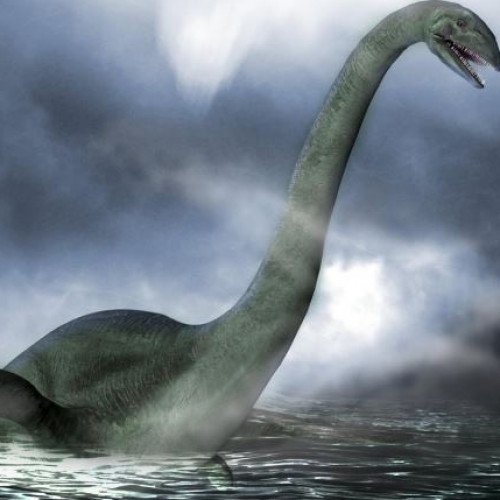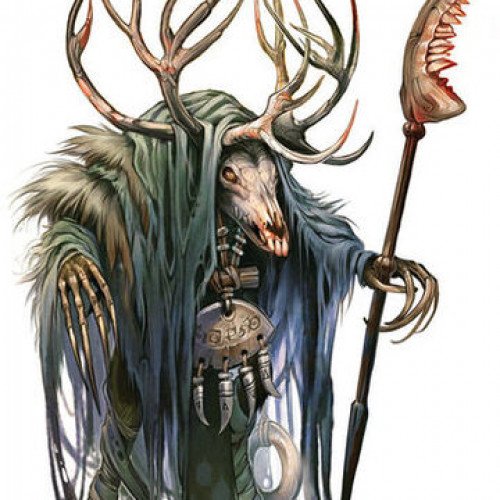Loch Ness Monster VS Ijiraq (mythology)

Loch Ness Monster
The Loch Ness Monster, or Nessie (Scottish Gaelic: Uilebheist Loch Nis), is a cryptid in cryptozoology and Scottish folklore that is said to inhabit Loch Ness in the Scottish Highlands. It is often described as large, long-necked, and with one or more humps protruding from the water. Popular interest and belief in the creature have varied since it was brought to worldwide attention in 1933. Evidence of its existence is anecdotal, with a number of disputed photographs and sonar readings. The scientific community regards the Loch Ness Monster as a phenomenon without biological basis, explaining sightings as hoaxes, wishful thinking, and the misidentification of mundane objects.
Statistics for this Xoptio

Ijiraq (mythology)
In Inuit mythology an ijiraq ( EE-yi-rahk or EE-ji-rahk) is a shape-shifting creature that is said to kidnap children, hide them away and abandon them. The inuksugaq (or inukshuk) of stone allow these children to find their way back if they can convince the ijiraq to let them go.